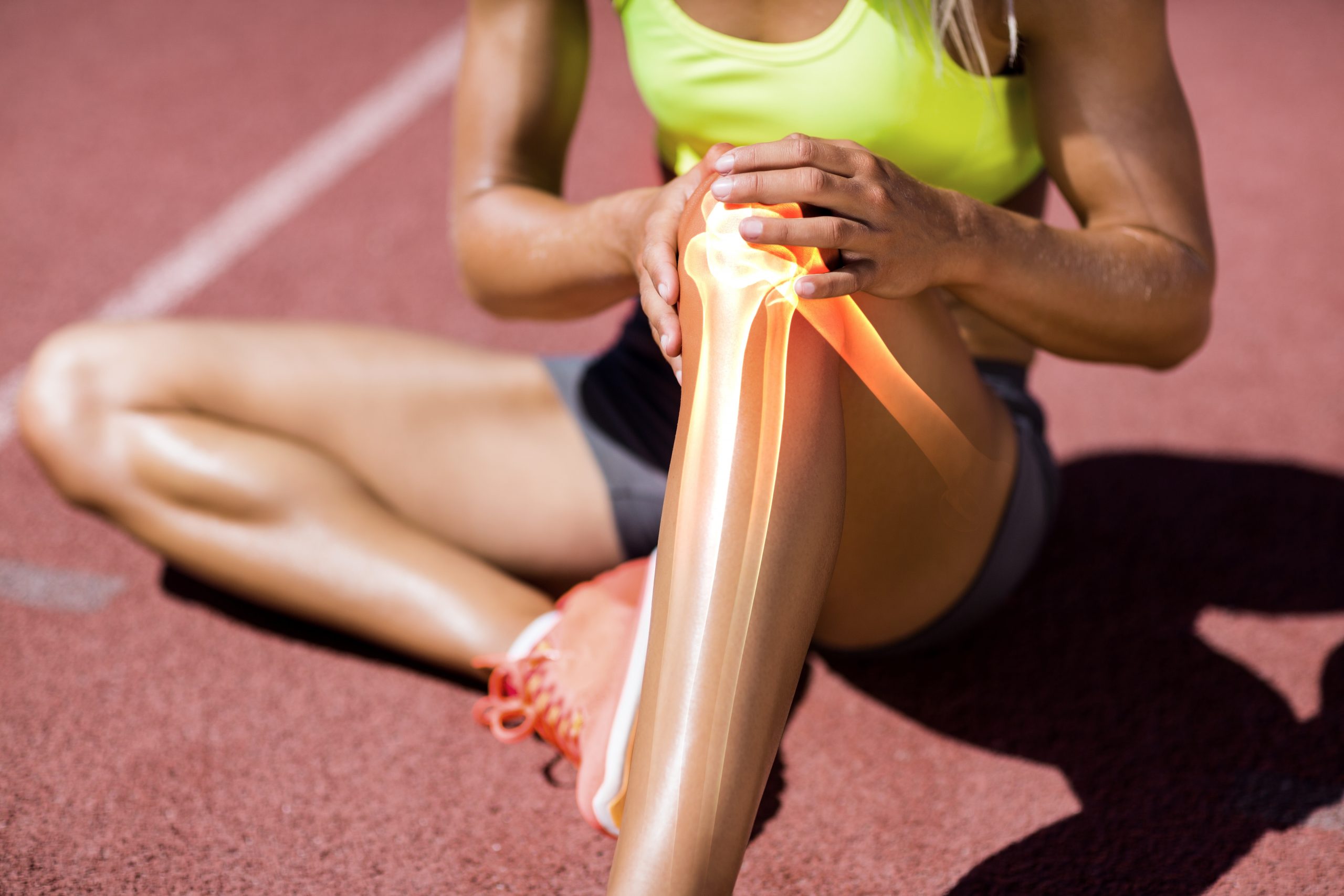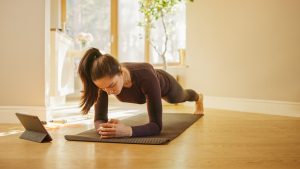
17 Jun 5 Ways Runners Can Help Prevent Knee Pain
You might be training for a marathon, or just trying to get back in shape. Either way, running is a great way to stay in shape but can be very hard on the knees. The most common knee injuries are kneecap (patellofemoral) pain, and iliotibial band (ITB) syndrome. As many as 2/3 of runners will experience knee pain at some point in their lives, but with proper technique and the right mindset you can stay on the right side of that statistic!
Below are some great tips to guide you while running:
1. Wear the right shoes. Finding the right shoe isn’t all about cushioning. Runners need to find a shoe that fits the shape of their feet correctly, as well as accommodating differences in width and arch height. Talking with a physical therapist and visiting a local specialty running store is a great way to understand the fit you need.
2. Improve Strength Not surprisingly, runners tend to focus on one (and only one!) method of exercise: running. Doing so tends to bring the body out of balance. In the case of runners, they tend to end up with muscle imbalances around the spine, between the hamstring and quadriceps muscles of the thigh, and in the muscles of the hip and buttocks.
Runners should add core-strengthening workouts to their routine that strengthen deep abdominal and low back stabilizers, front and the backs of thighs, and muscles of the hips and buttocks. If you’re not sure about the best exercises for you, stop into Body One for a brief consultation. We have a team of therapists who understand the unique stresses of running and how to prevent injury.
3. Stretching is critical. Stretching your muscles is necessary before and after any run whether long or short, fast or leisurely. Don’t underestimate the importance of stretching as a means to assess how your muscles are tolerating your workout regimen. It’s a great way to get the blood flowing, especially in cool weather. In addition to knee injuries, stretching can help runners prevent or monitor hip injuries, shin splints, and arch pain.
4. Easy does it. Just because the warm weather has finally hit doesn’t mean you should start pushing those long distance runs. Give your body a chance to get back up to speed by starting with shorter distances. For those who run year-round, overtraining can occur from running long distances too often without enough breaks for cross training in between.
Runners should make sure they have at least 2 days of rest each week, and should mix in a few easy runs or non-impact cross training amongst the more challenging runs. As you build your distance and stamina, make sure to avoid increasing your distance more than 10% a week. This will let your body get acclimated and adjust properly.
5. Pain means stop. At the first sign of pain or lingering discomfort, stop! This could be the start of a more significant injury if it’s not properly treated. Appropriate initial care can include ice, relative rest, gentle stretching, and assessment of footwear for abnormal wear. If conservative home treatment fails to get you back on your feet, Body One offers free injury screenings to help with these common situations. Our expert providers can recognize the onset of many conditions common to runners and other athletes, and provide you with the right plan to keep it from limiting your ability to enjoy running during this beautiful time of year.
If you have pain when you run, or want to become a stronger runner, athlete, or just stronger and healthier, call or click today! Body One is locally owned and operated, with three locations serving Central Indianapolis: North Meridian, Fishers, and Zionsville. Our team of expert Physical Therapists works with patients of all ages and activity levels and we’re ready to help you reach your goals. Don’t wait on feeling better, call today!









